The Permian Recordings
at Co-Lab Projects

Co-Lab Projects, Austin, Tx
Durational subterranean infrasonic sound recording - architectural installation
Photos by Ryan Thayer Davis
Twelve Artists and Installations to Watch at Austin Studio Tour 2022, Texas Monthly
By Michael Agresta
Glasstire’s Best of 2022, Glasstire.com
By Leslie Moody Castro
Sounds From the Depths of a Texas Oil Basin, Hyperallergic.com
Review by Jennifer Remenchik
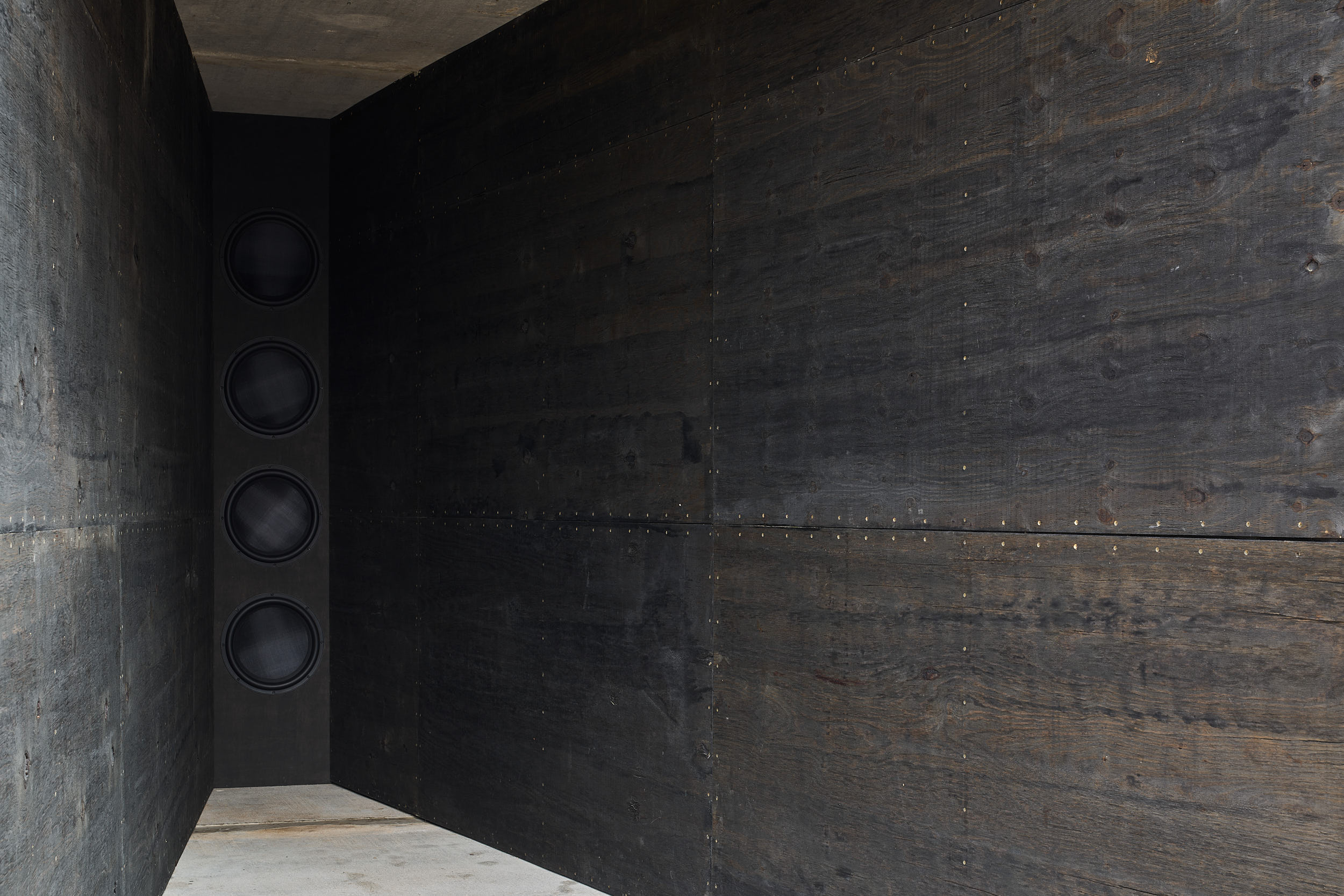
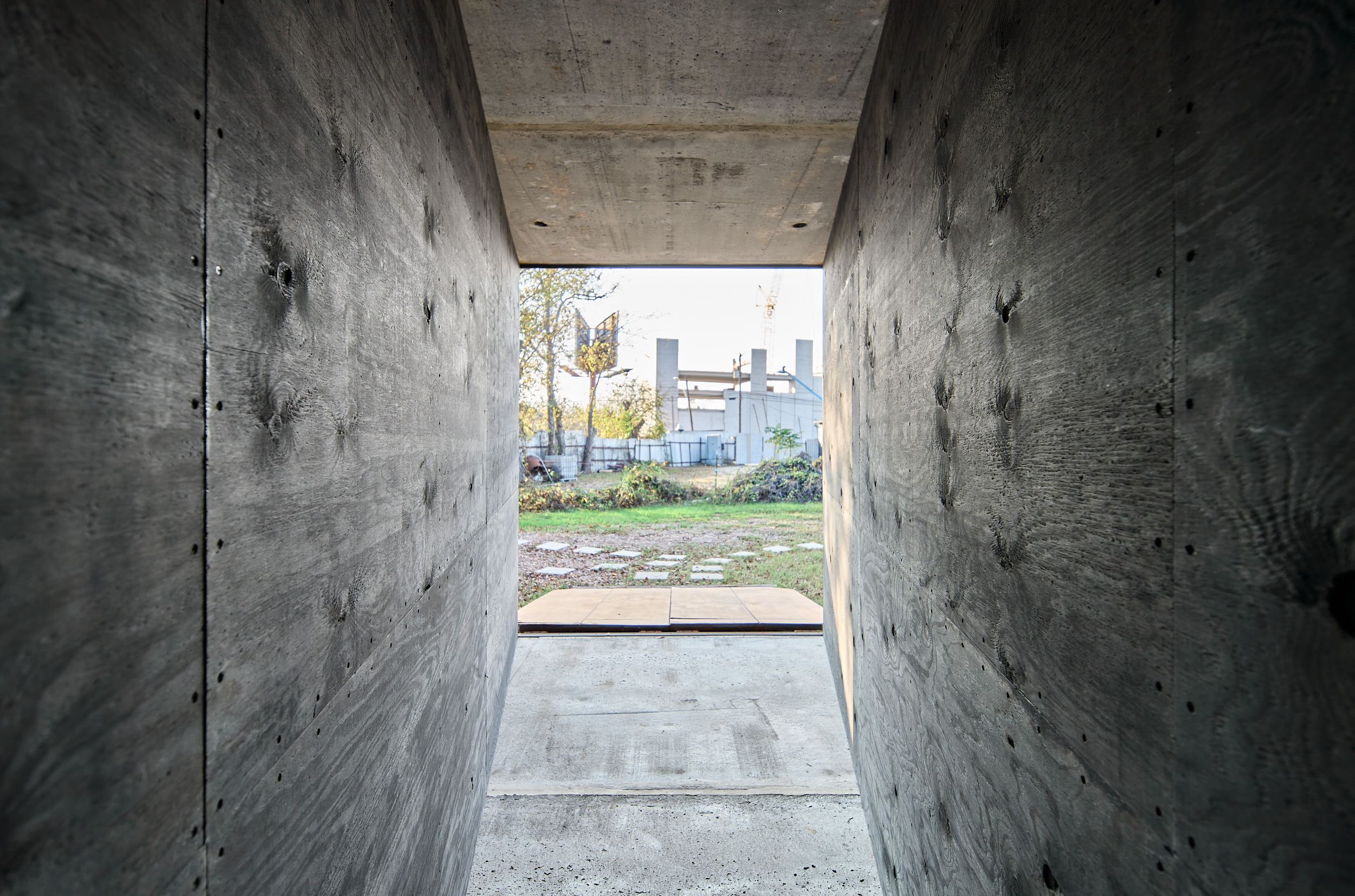
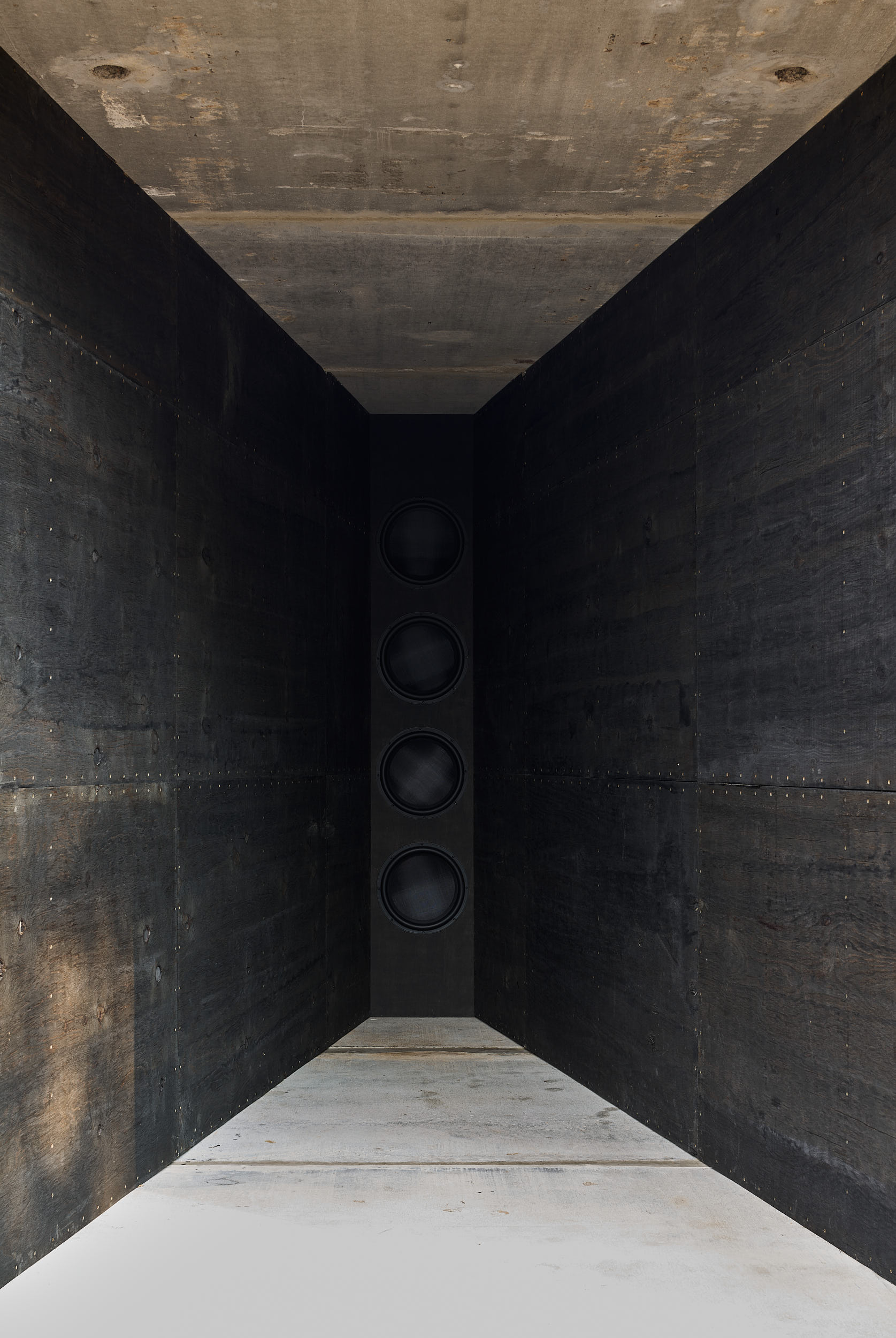
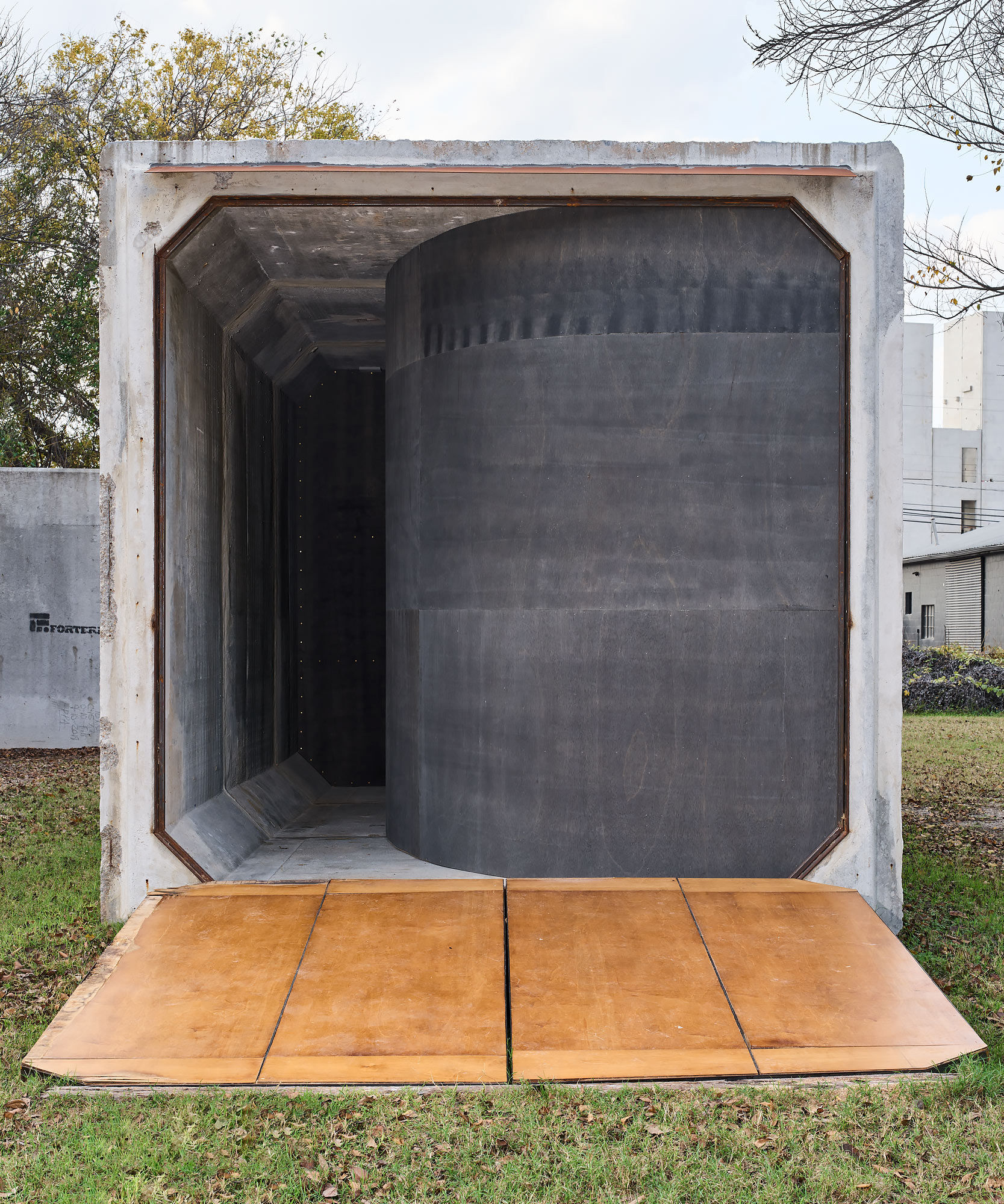
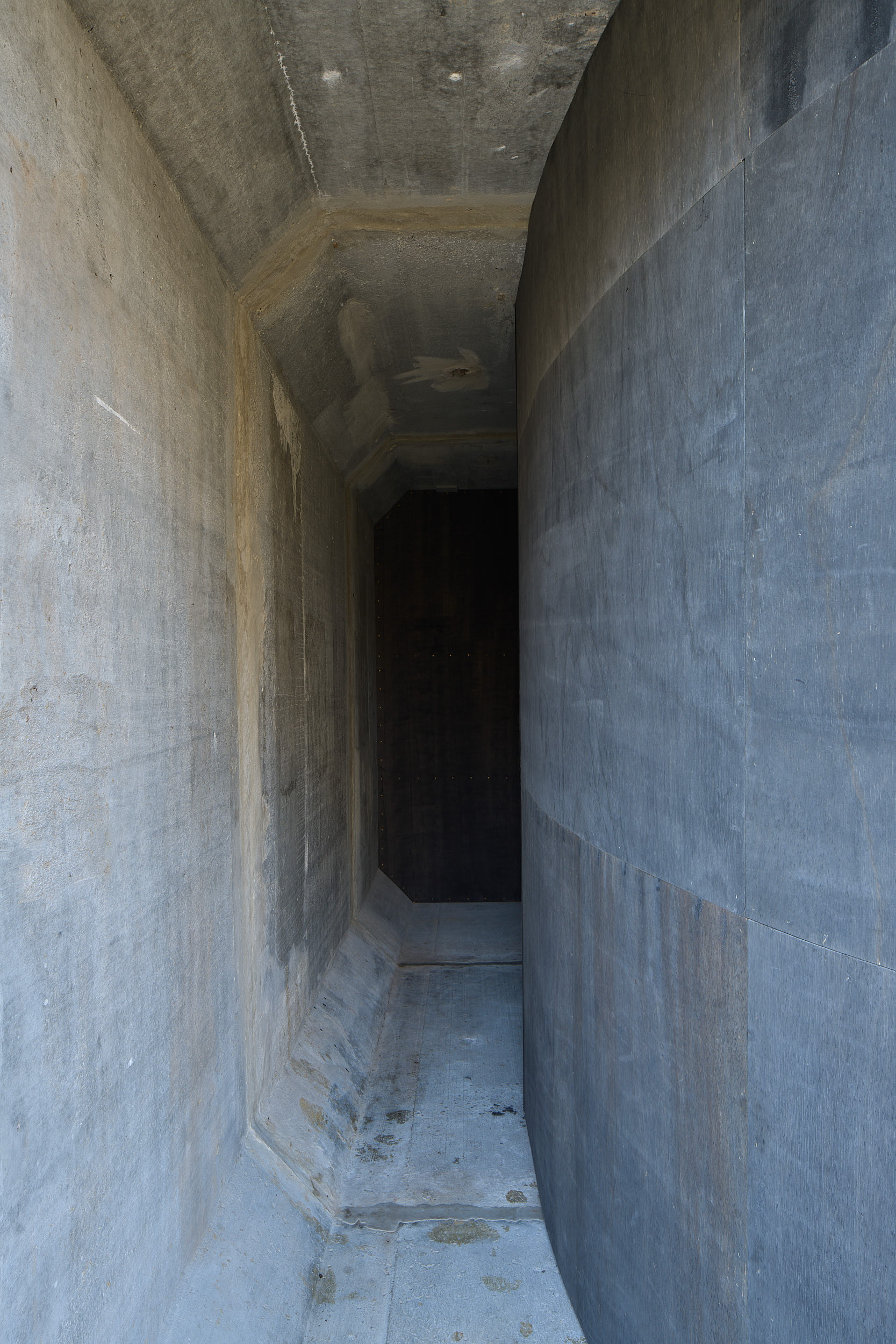

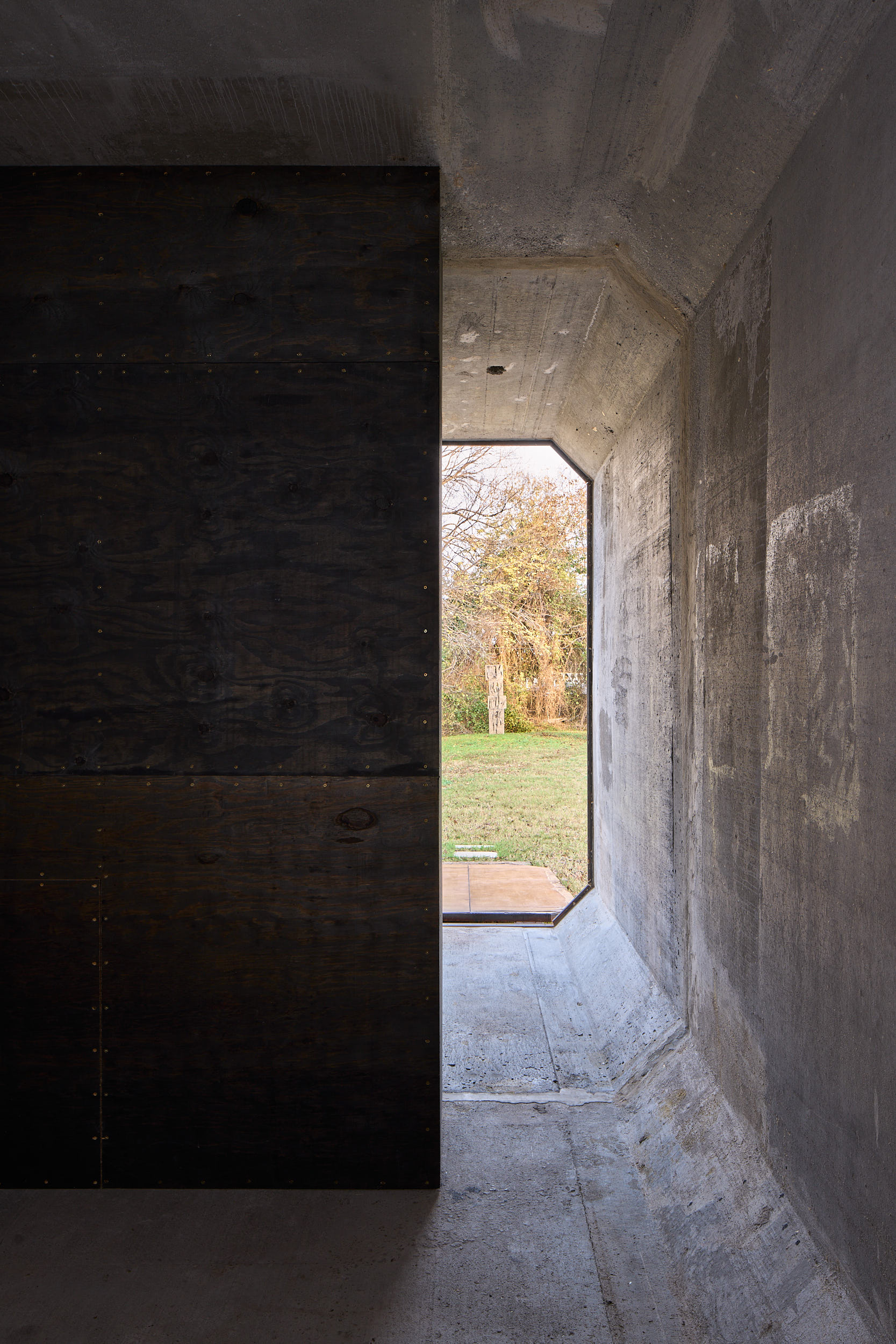
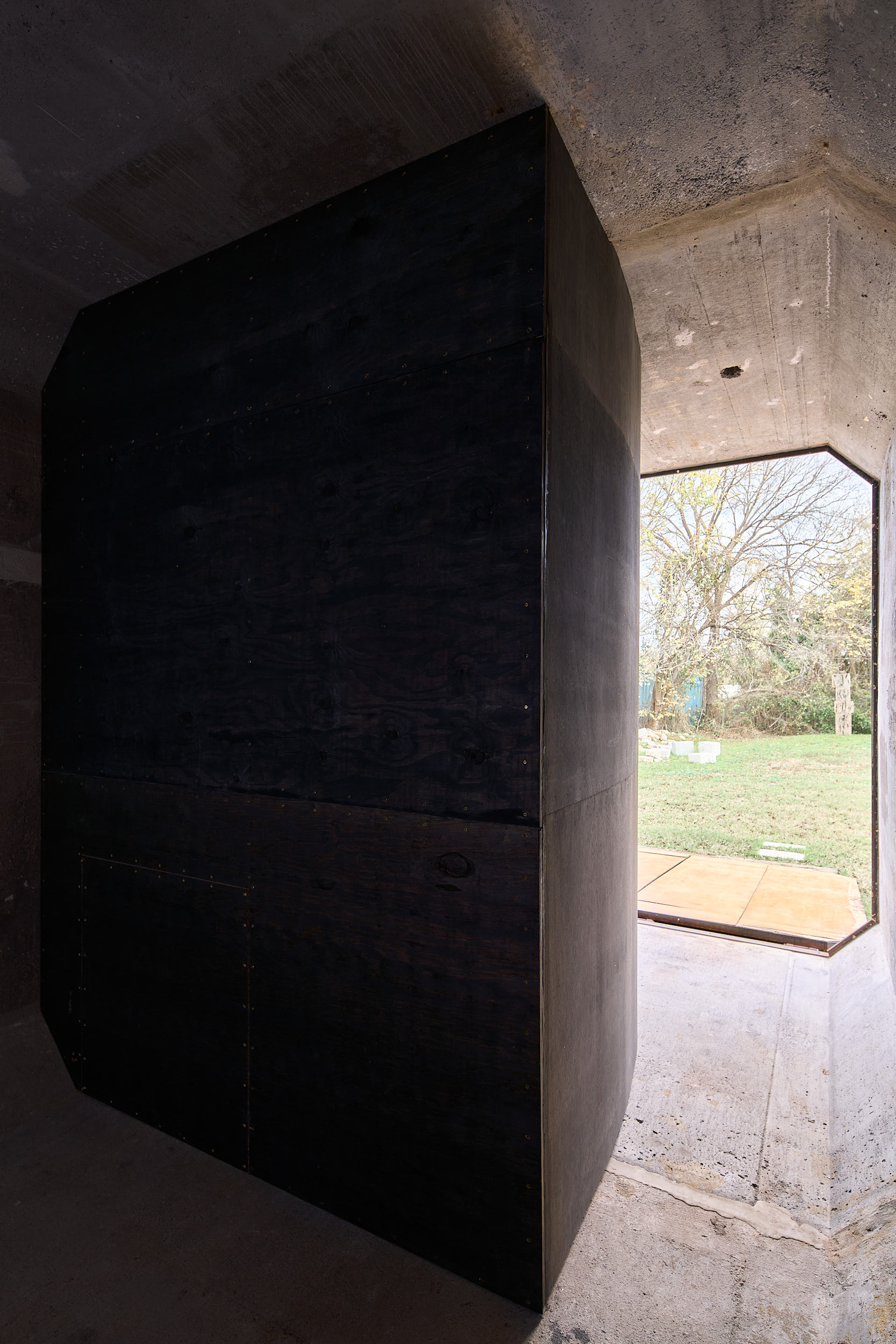
The Permian Recordings are a series of durational subterranean field recordings that capture the low-frequency vibrations of the Permian Basin in West Texas. This site-specific installation brings the recordings back to Texas for the first time. Exploiting Co-Lab’s unique concrete culvert, the piece turns the gallery into an enormous infrasonic subwoofer, a speaker at the scale of architecture. The low and infrasonic frequencies made possible by the architectural contours of the installation, cause the walls to pulse and shake in responce to the recordings. As in previous installations, the work brings into proximity two scales of time: the geologic and the biologic, expressing them not as irreconcilable measures of change, but as part of a continuum. In this specific installation, I imagine architecture as a bridge between the human and the geologic via the symbolic threshold at which foundation touches earth. Architecture is designed to be experienced in human time as the space we pass through and live within, and yet it endures, as in the ruins of our earliest structures, buried in dirt, a ligature to a distant past that simultaneously projects out into an uncertain future. Within this context, the concrete structure becomes a tuning fork on the surface of the earth, resonating with the frequencies of an industrialized landscape.
The Permian Basin is home to one of the world largest oil and gas extraction industries, while at the same time it is named for a geologic epoch whose end demarcates a period of catastrophic climate change and the largest mass extinction in the history of the earth. The frequencies in these recordings are both document and phenomenon: an aggregate of the hum of generators, the hammer of sand trucks down private roads, and the drone of drill bits churning invisible below the surface. How does one conceptualize a system so large in scope and consequence that it has passed over into the geologic? Standing in a field we hear the trucks and can count the towers and flares, but it’s only when we look down from satellites that we see the perfect grid of exhausted wells stretching for miles in all directions. But what of all we cannot see? The subterranean network of pipes and reservoirs, or the export of these mining technologies around the world, and of course the supply chain of oil whose thick black pipes that snake along roadsides throughout the permian eventually divide into the delicate vasculature that feeds every aspect of our individual lives? There is an anxiety in the infrasonic, a sound that is felt but unheard. These recordings extend from ancient rocks, passing through the structures we’ve built, and on into our bodies. Entering the speaker actualizes this connection, this linking of stone to flesh through the reverberations of architecture. Listening to these recordings from within the culvert, one is invited to sift through the acoustic strata and reflect on our connection to and participation in these larger terrestrial and climatic systems of which we are a constituent part spanning vast periods of time.